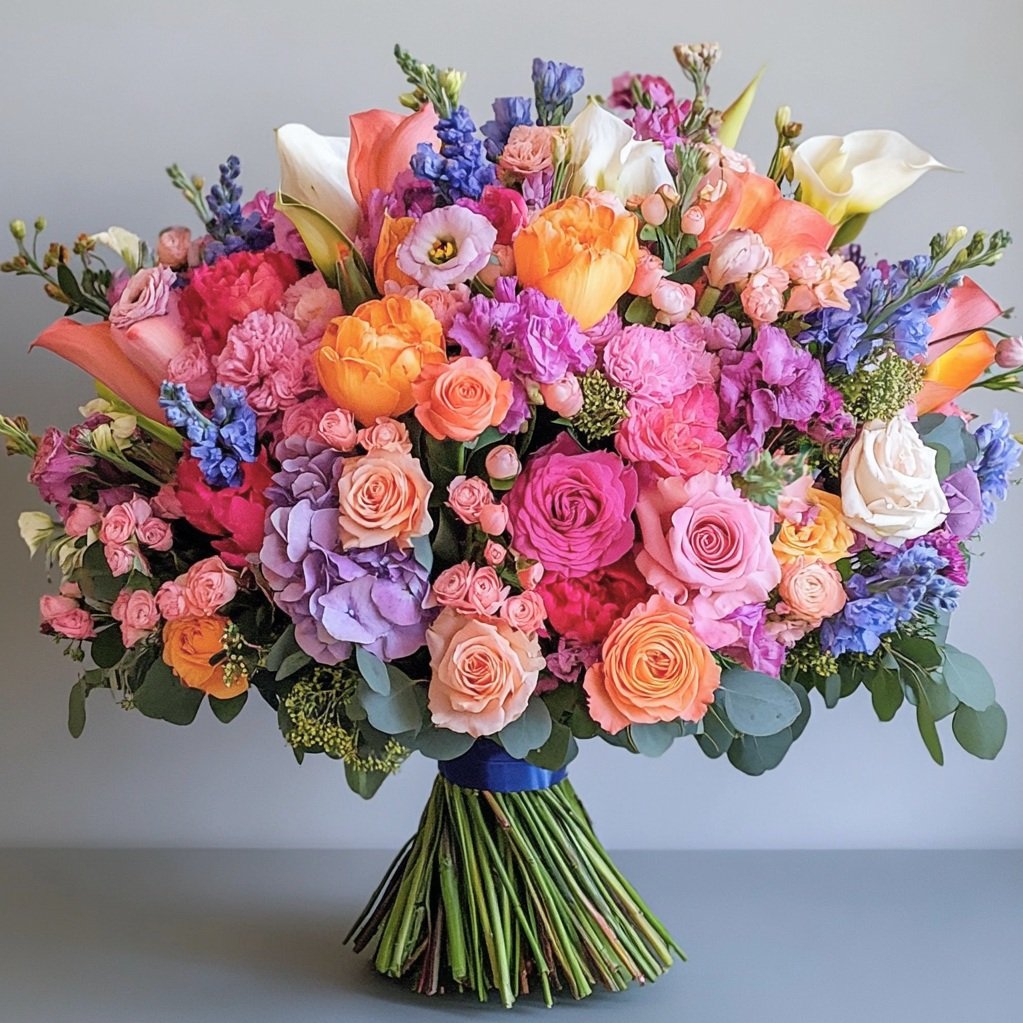A Technical Guide to Floristry
Introduction to Floristry
Floristry encompasses the art of creating floral arrangements, combining various flowers, foliage, and accessories to create aesthetically pleasing displays. Mastering floristry requires an understanding of flower care, design principles, and techniques.
Essential Tools and Equipment
Floral Knife: A sharp knife essential for cutting stems cleanly.
Floral Scissors: Designed for trimming and shaping foliage and blooms.
Floral Tape: Used for binding bouquets and securing floral arrangements.
Wire: Floral wire helps support stems and can be used for intricate designs.
Floral Foam: Allows for easy arrangement and water retention for hydrating cut flowers.
Vases and Containers: Variety of shapes and sizes match the style of arrangements.
Buckets: For storing and hydrating flowers at different stages.
Flower Selection
Seasonal Flowers
Understanding the seasons and the flowers available within them not only enhances freshness but also reduces costs. For example:
Spring: Peonies, daffodils, tulips
Summer: Sunflowers, dahlias, roses
Autumn: Chrysanthemums, asters, marigolds
Winter: Poinsettias, holly, amaryllis
Sourcing Quality Flowers
Choose locally sourced flowers whenever possible. Select blooms that are firm, vibrant, and free of blemishes to ensure longevity.
Flower Conditioning
Preparation: Remove any leaves that will sit below the water line to prevent bacterial growth.
Cutting: Trim stems at an angle to enhance water uptake.
Hydration: Place stems in a clean bucket with water and floral preservative, allowing for at least two hours before use.
Arrangement Techniques
Design Principles
Balance: Maintain visual stability, whether symmetrical or asymmetrical.
Harmony: Use colours and shapes that complement each other.
Focal Point: Create a central feature that draws attention.
Proportion: Ensure that the size of flowers and arrangement is suitable for the intended setting.
Basic Arrangement Types
Bouquets: Hand-tied or structured arrangements, ideal for gifting.
Upright Arrangements: Usually placed in vases, characterised by a mix of blooms and greenery.
Table Centrepieces: Generally low-profile for dining settings, encouraging conversation.
Advanced Techniques
Wiring and Taping
For delicate flowers, use floral wire to reinforce stems before arranging. Taping provides additional support, especially for bouquets.
Gridding Method
Use clear floral tape across the opening of a vase in a criss-cross pattern to create stability for the stems when arranging.
Using Floral Foam
Soak foam in water for at least 30 minutes. Insert stems directly into the foam to maintain hydration and structure.
Seasonal Care and Maintenance
Maintain arrangements by:
Re-cutting stems every few days.
Refreshing water and replacing it as needed.
Removing wilted blooms promptly to prolong the life of the arrangement.
Florist Hong Kong
Mastering floristry involves not only creative vision but also technical skill and knowledge of plant care. By following these guidelines, budding florists can elevate their artistry and produce stunning floral creations that mesmerise their clients.
